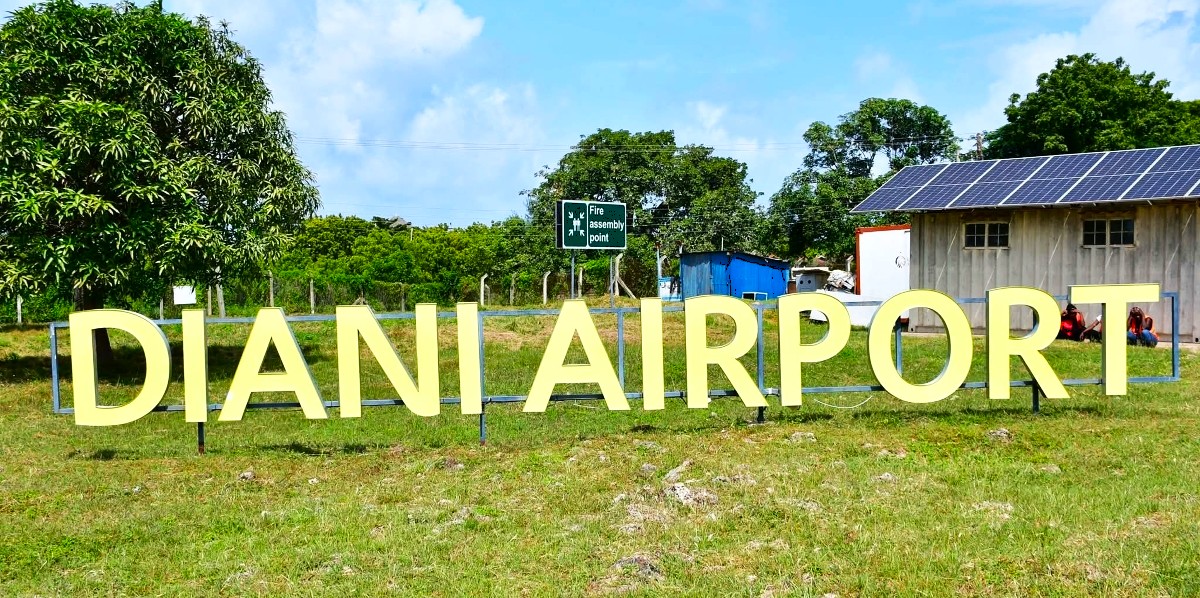The race to upgrade airstrips that form major components of the tourism industry in East Africa is speeding up.
Tanzania has just refurbished and expanded the Arusha Airport, in the country’s Northern tourism Circuit, which is soon set to handle international flights.
It is now the turn of Kenya, to rework the Diani Beach’s once just a small Airstrip, which is now being upgraded to become a bigger Airport capable of handling domestic and international flights.
The ongoing upgrade of Diani Airport in Kwale County along the shoreline of Kenya marks a significant step toward unlocking the full economic potential of the East African country’s coastal region.
The new and wider apron, crucial for aircraft parking and movement, is now 90 percent complete, with only the final section, a new taxiway connecting to the main runway, remaining. This final stretch is expected to be completed before the end of August 2025.
Once completed, the Diani airport’s ground handling efficiency will be vastly improved, enabling better management of both domestic and regional air traffic at the terminal.
The airport drainage system, another key component for operational safety and sustainability, is also slated for completion in the coming weeks.

Notably, the runway, extended by 400 metres last year, is now fully functional and capable of accommodating larger aircraft such as the ATR 72 and Bombardier Q400, even at full passenger capacity.
This development has already positioned Diani terminal as a key aviation hub, with regular flights operated by Jambojet, Safarilink, Skyward Express and smaller regional carriers like Mombasa Air Safari, which services key tourist destinations such as the Maasai Mara and Amboseli.
According to officials, the infrastructure upgrade is a game-changer for the South Coast. It enhances regional connectivity, shortens travel times and strengthens the tourism and trade sectors.
For the local economy, the improved airport translates into increased tourist arrivals, more business opportunities and greater access to national and international markets, at least according to the Kenya Civil Aviation Authority (KCAA).

